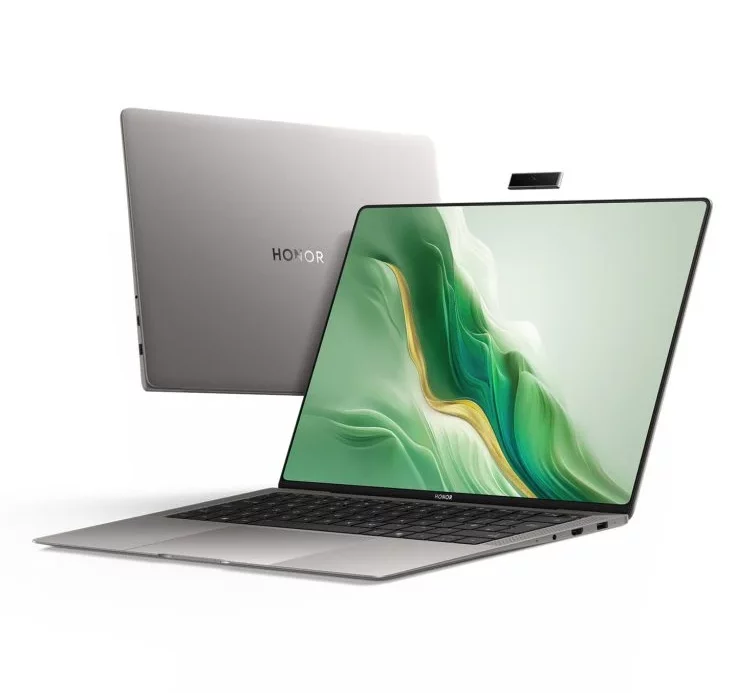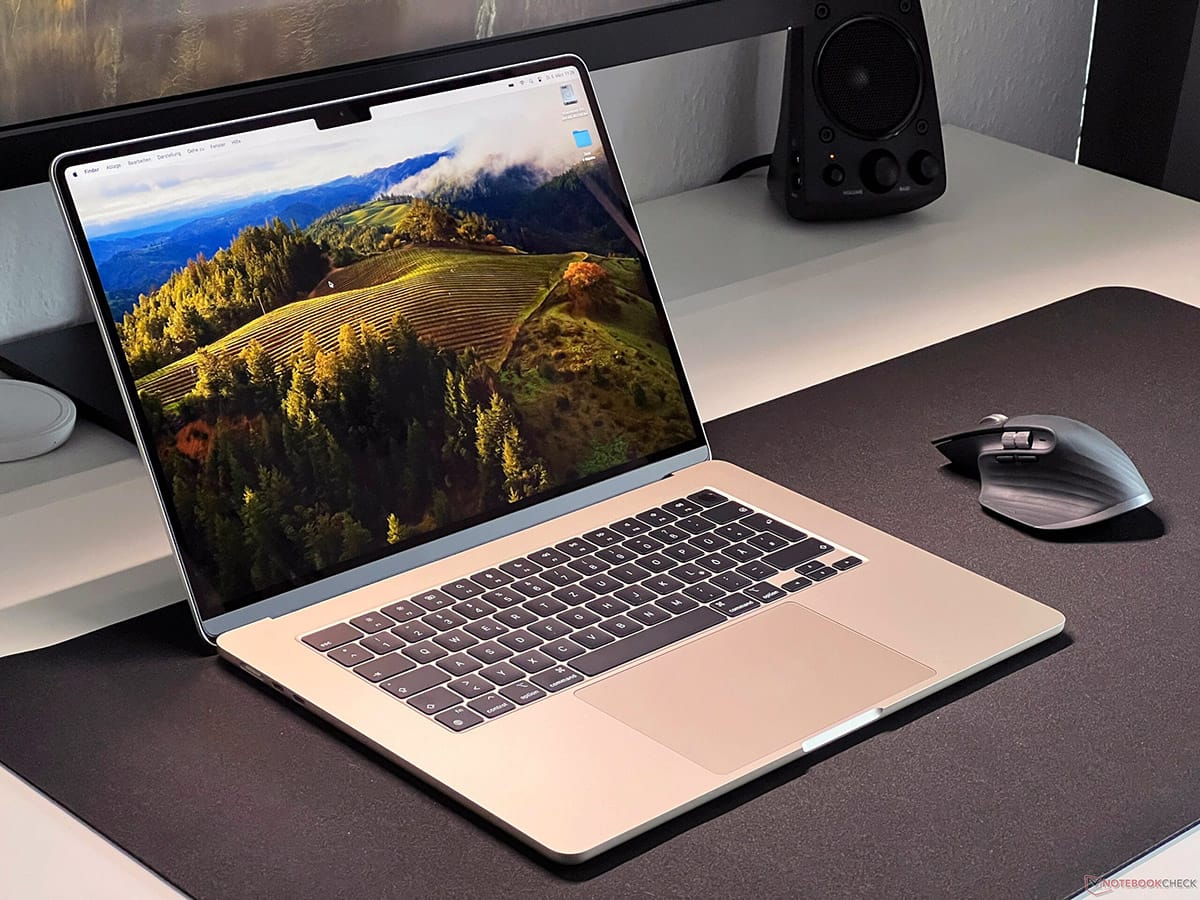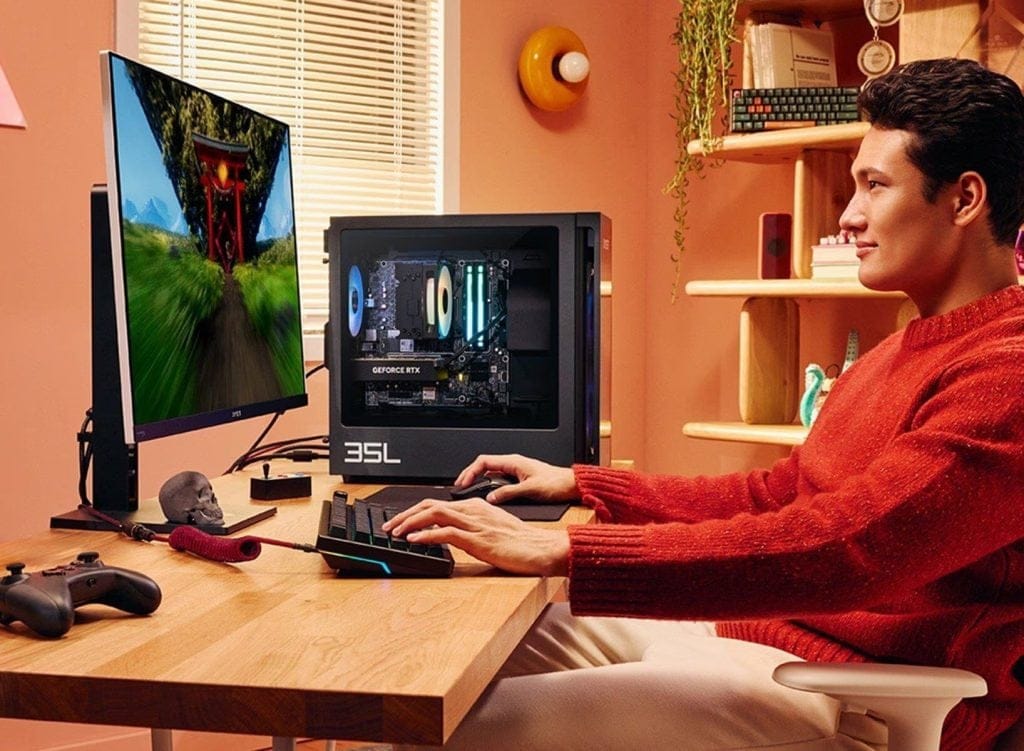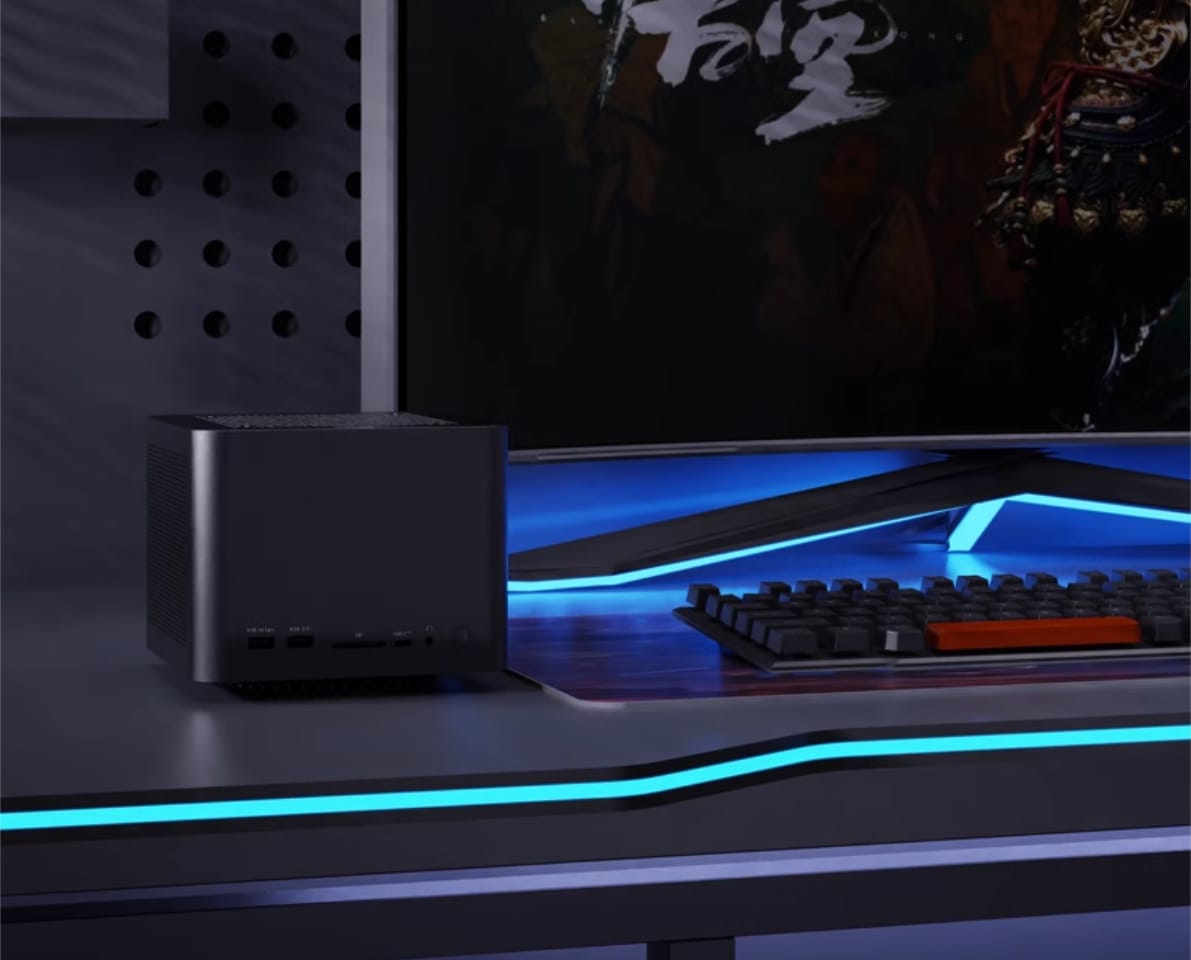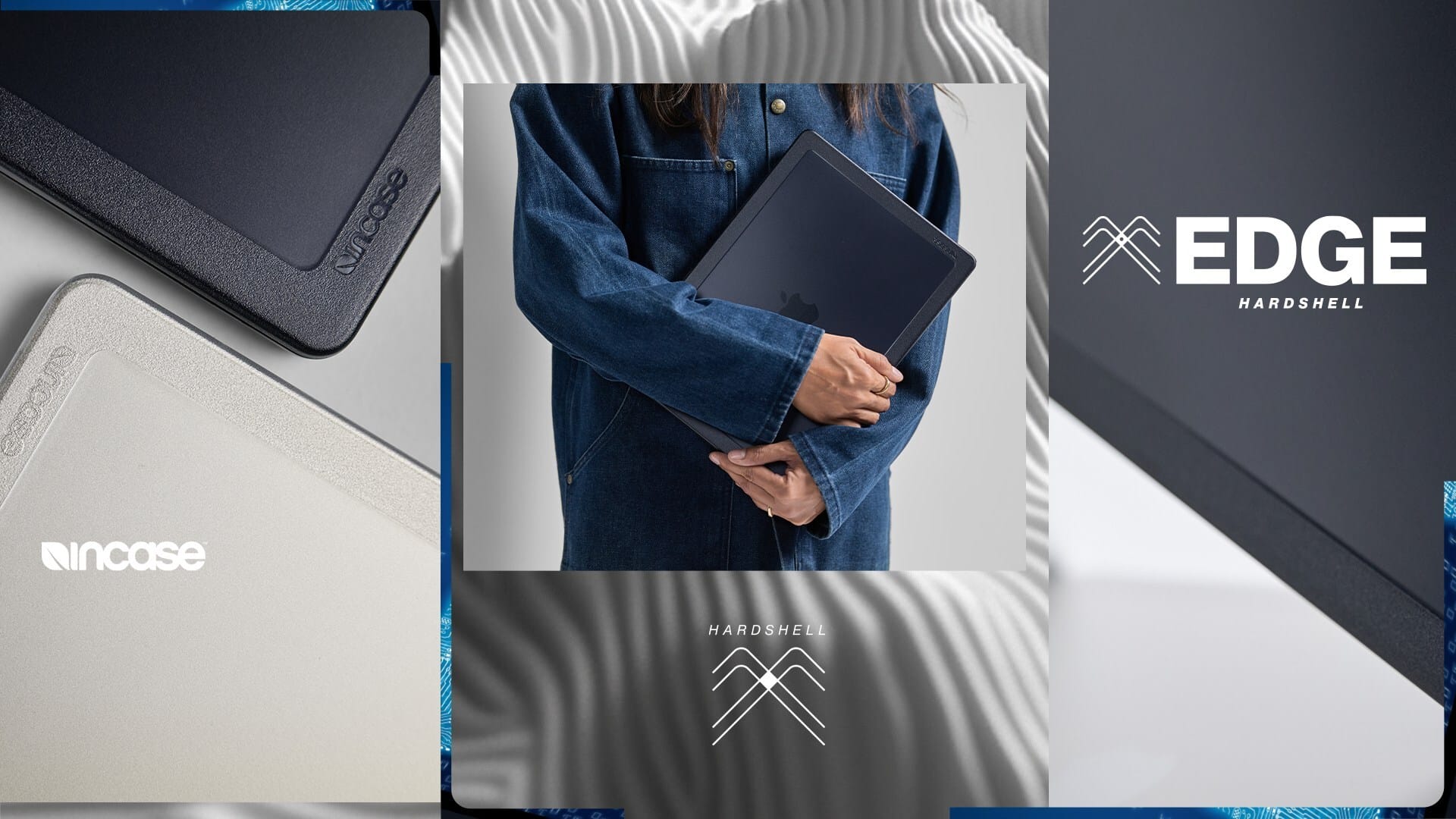Since the introduction of the very first laptop, the design of portable clamshell PCs has been evolving over time. This evolution wasn’t just about looks, but also about the improvements in the specifications of notebook computers. We’ve seen larger screens, more powerful CPUs, longer-lasting batteries, wireless capabilities, and the use of new materials. All these changes have led to laptops from the 1990s looking quite different from those made in the 2000s, and in turn, laptops from the 2000s look different from those in the 2010s.
A Stagnant Design Era
Yet, one could say that since the 2010s, the pace of design advancements has slowed down. Many manufacturers have not made significant changes to their laptop designs for several years and tend to just refresh the same models annually. As a result, laptops from various brands are beginning to resemble each other, with many leaning towards designs similar to the MacBook. It seems that laptop design has settled into a repetitive and somewhat dull pattern. So how did we end up here?
Decade By Decade Design Changes
Each decade has brought its unique visual style to laptops. Back in the 1990s, laptops were compact and boxy, usually in beige or matte gray, which was the standard office look at that time, and they lacked touchpads. Instead, trackballs and IBM ThinkPad-style pointing devices were the norm. These early laptops had numerous ports and still included floppy disk drives, which were gradually being phased out in favor of CD drives as the decade progressed.
Moving into the 2000s, we began to see the emergence of modern laptop sizes, with a shift towards larger screens and widescreen formats. Touchpads became commonplace, with many laptops adopting black or silver finishes, inspired by popular brands like Vaio and ThinkPad. This decade also introduced ultrathin laptops, highlighted by the original MacBook Air. Chiclet keyboards began to take the place of the older beveled IBM-style keycaps. Optical drives like CD-ROMs were still prevalent, though their decline was imminent due to the rise of Wi-Fi and streaming services.
The 2010s and Beyond
The advancements made in the 2000s became standard in the 2010s. Laptops grew thinner, and many eliminated optical disk drives, following the lead of the Apple MacBook Air and Intel’s Ultrabook initiative. Chiclet keyboards became the norm, while gray and silver colors dominated the market. Many manufacturers started mimicking MacBook designs, opting for aluminum casings. By the end of the 2010s, laptop bezels began to shrink significantly, a trend initiated by Dell with its XPS 13.
Now, as we reach the midpoint of the 2020s, it seems that no manufacturers are eager to push design boundaries anymore. The majority have adopted a similar aesthetic: silver-grey aluminum bodies with chiclet keyboards and thin bezels. This has become the standard design for most laptops, including the less-than-desirable cramped arrow keys that many users dislike.
Apple, known for its innovations like Titanium screen covers, hasn’t made many design changes to its MacBooks since the 2010s, aside from some unsuccessful attempts like the touch bar. A 2023 MacBook Pro is nearly indistinguishable from a 2015 version, although it does feature smaller bezels and a notch.
Attempts at Innovation
Dell has attempted to innovate with their latest XPS series, including models like the Dell XPS 14 (priced at $1,500 on Amazon.com), which showcases a frameless touchpad, touch-sensitive function keys, and new keyboard designs. However, these efforts seem to be one-off experiments without broader acceptance. Other companies like HP, Asus, and Lenovo have ventured into foldable laptops—interesting, but very costly, and ultimately not successful. These experiments haven’t influenced the typical designs from these brands.
Even the Framework Laptop, which features a modular design that’s quite innovative, still follows the rather mundane design trends of most modern laptops. While its technical aspects are impressive, its visual appeal leaves something to be desired.
This is why we assert that the laptop market is in dire need of a shake-up. It requires a transformative moment akin to the introduction of the MacBook Air, which fundamentally redefined laptop aesthetics for the 2020s. There’s a need for a bold manufacturer, perhaps someone like Elon Musk—who, despite being a polarizing figure, is known for disrupting markets—to take a risk and implement innovative designs across their product lines, introducing new materials, colors, and unique shapes.
The laptop industry craves fresh ideas—not just enhanced processors, but also more engaging designs. Without this, there’s a real risk of stagnation that could hinder the market’s progress.

